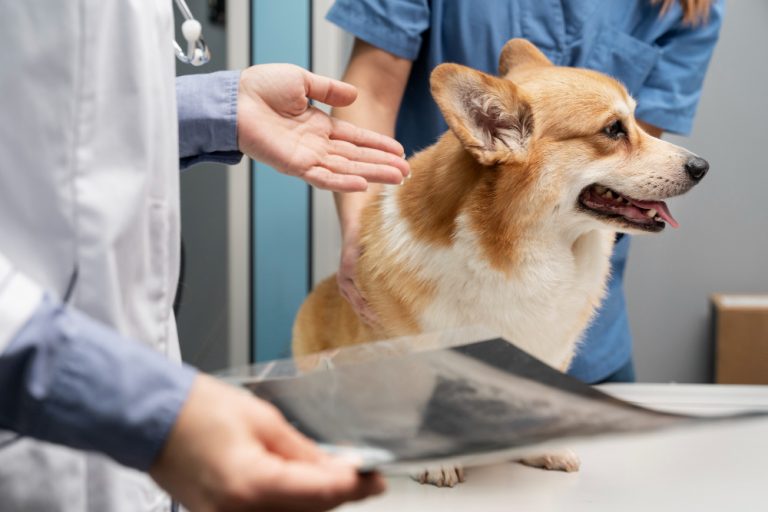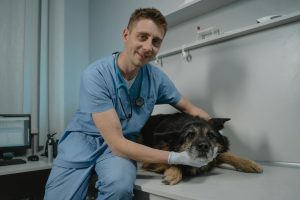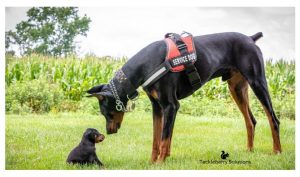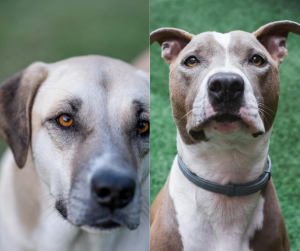Has your vet recommended surgery for your dog?
Well, for every pet owner, dog surgery is concerning. You might be concerned about the level of pain your beloved dog will experience during the veterinary procedure or the potential risks/side effects of using veterinary surgical instruments on your canine fellows.
However, understanding different types of canine surgeries and their post-operative care can help ease the situation.
In this blog, we’ve given an overview of canine surgeries.
We’ll discuss the reasons, post-operative care tips, and more.
How Many Types Of Canine Surgeries Are There?
There are numerous types of canine surgeries.
However, these procedures are primarily categorized into two types based on the level of urgency required to perform them.
Here are the two main types of canine surgeries:
- Elective surgeries
- Emergency surgeries
Veterinarians undergo detailed diagnosing procedures to identify the diseases and recommend the suitable type of surgery.
They also need to have a complete history of their dog’s medications and previous health concerns to avoid complications during the surgery.
In addition to that, the vet will also talk about pre and post-operative care to ensure optimal healing. They might also suggest a few precautionary measures before the operation.
Every pet owner should discuss their concerns with their vet to avoid complications and ensure a smooth healing period.
You can share your concerns and ask different questions regarding the safety of your dog.
Now that you’ve an idea of dog surgeries, let’s explore their details.
What Are Elective Surgeries in Dogs?
Elective surgeries are pre-planned surgeries performed to treat a specific disease or to remove different types of tumors. These surgeries are intended to improve the lifespan of your dog.
Veterinarians usually provide the pet parent with a pre-precautionary plan to minimize complications during surgery.
This involves:
- Avoid bathing (before two weeks)
- Avoid feeding the dog before 24 hours of surgery
Different types of elective surgeries are discussed below:
Dental Surgeries
The common pet dental surgeries involve tooth extractions, periodontal treatment, oral tumor surgery, and others.
It’s important to feed a soft diet after dental surgeries.
Depending on the procedure, your vet might recommend medications or a specific diet plan to ensure smooth healing.
Spaying and Neutering
Spaying and neutering procedures remove the reproductive parts of dogs. Spaying is related to removing the ovaries and uterus of female dogs. On the other hand, neutering means removing the testicles of male dogs.
Veterinarians recommend complete rest for 12 to 14 days after these surgeries. Pet parents should limit their dog’s physical activities.
General Surgeries
General surgeries specifically focus on the dog’s alimentary canal and abdominal contents. They treat diseases related to blood vessels, the digestive tract, deformities, the head and neck, and other conditions.
Depending on the type of surgery, your veterinarian might recommend pain management medications and other precautionary measures.
It’s important to take care of your pet’s good health and diet during the healing period. To protect the surgical area, you can also use an Elizabethan collar. This will prevent the dog from licking the area, which can slow down healing.
What Are Emergency Surgeries for Dogs?
Emergency surgeries are conducted on an immediate basis to save your pet’s life.
These surgeries are important to save your dog’s life.
Veterinarians usually don’t recommend a pre-precautionary plan for emergency surgeries.
Instead, they perform necessary bloodwork and other tests to ensure the minimal chances of complications.
The different types of canine emergency surgeries are discussed below:
Orthopedic Surgeries (Fracture)
In case of fractures, veterinarians need to perform orthopedic surgeries to ensure their mobility and overall health.
These surgeries involve the following:
- THR
- TightRope
- Cruciate (ACL)
- Lateral Suture (ACL)
- Medial Patellar Luxation (MPL)
- Tibial Tuberosity Advancement (TTA)
- Femoral Head Osteotomy (FHO)
- PLO (Tibial Plateau Leveling Osteotomy)
During the healing period, it’s important to restrict physical activities.
However, leash walks for a few minutes are important to keep them healthy. The specific timeframe of the restricted physical activities generally depends on the type of surgery.
Urinary Emergency Surgeries
This is one of the important veterinary surgeries that is performed to remove stones or other debris blocking the urethra.
In addition, the damaged bladder is also treated with emergency surgeries in dogs.
Your veterinarian might recommend pain management medications and bland food to minimize digestive stress after the surgery.
Apart from these emergency surgeries, veterinarians perform numerous other procedures immediately after identifying the underlying cause.
Those surgeries are intended to address gastric torsion, intestinal obstruction, urethral obstruction, and internal bleeding.
Wrapping Up!
Whether your dog is scheduled for emergency surgery or a dental extraction, it is important to inspect the quality of the instruments your vet uses.
Remember that the high-quality surgical tools are crafted from German stainless steel. You can inquire about the vet’s toolkit and the material type of their instrument to ensure your beloved dog is treated with safe and quality instruments.
Veterinarians can visit GerVetUSA to explore premium-grade veterinary surgical instruments that adhere to FDA guidelines. They also offer customization options, allowing surgeons to get surgical tools of their preferred sizes and requirements.
FAQs
1) Which dog surgery is the most expensive?
Total hip replacement is considered one of the most expensive canine surgeries. It can cost around 70,000 USD.
2) Is surgery painful for dogs?
During surgical procedures, dogs usually don’t feel any pain. That’s because veterinarians administer anesthesia to dogs before surgery, which makes them unconscious.







